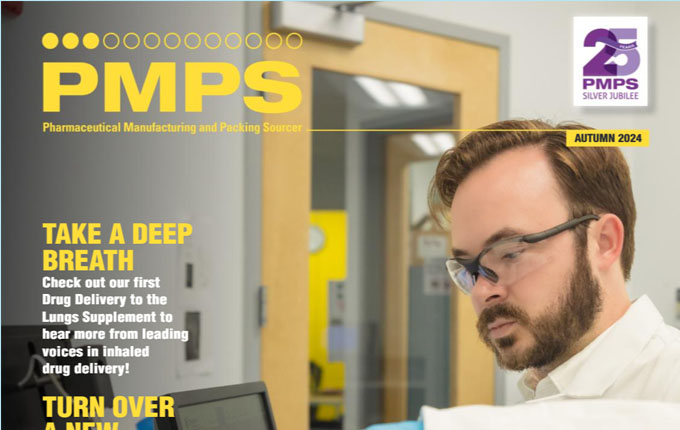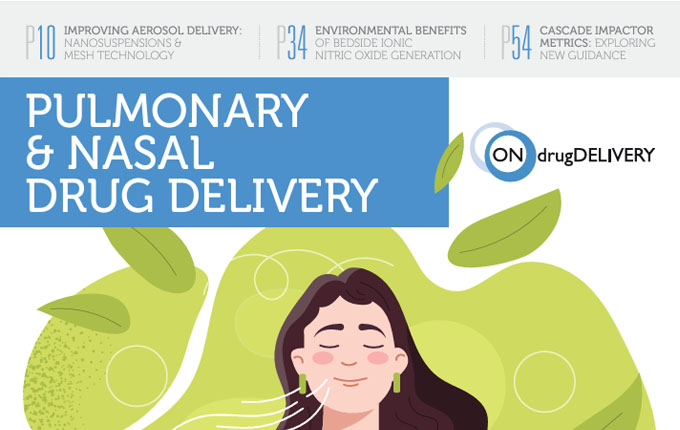Among the agents being explored for intranasal delivery are monoclonal antibodies (mAbs), which have shown potential in targeting and neutralizing pathogens like the severe acute respiratory syndrome coronavirus 2 (SARS-CoV-2). However, the development of an effective intranasal delivery system for mAbs, particularly in a dry powder form, presents several challenges, including the transformation of mAbs from liquid to dry powders and the creation of a device capable of accurately spraying these powders into the nasal cavity.
Recent advancements have led to the development of thin-film freeze-drying techniques to convert liquid formulations of mAbs into dry powders suitable for intranasal delivery. This process involves freezing the mAb solution and then sublimating the ice under vacuum, leaving behind a dry, porous powder. This method preserves the stability and bioactivity of the mAbs, making it an ideal preparation technique for intranasal drug delivery. To effectively administer these dry powder formulations, specialized devices are required that can accurately target the nasal cavity, ensuring efficient and effective deposition of the therapeutic agent.
A recent study has demonstrated the feasibility of using Aptar Pharma’s Unidose Powder Nasal Spray System for the intranasal delivery of mAb powders. The study focused on AUG-3387, a human-derived mAb that neutralizes SARS-CoV-2, showcasing the potential of intranasal drug delivery in combating viral infections. The process began with the preparation of thin-film freeze-dried AUG-3387 powders (TFF AUG-3387 powders) from liquid formulations containing different levels of mAbs. The formulation with the highest solid content, referred to as TFF AUG-3387C, was selected for further analysis due to its optimal properties for nasal delivery.
The evaluation of TFF AUG-3387C included an assessment of the plume geometry, spray pattern, and particle size distribution after being dispensed by the Powder Nasal Spray. These parameters are critical for ensuring that the powder is delivered efficiently to the target area within the nasal cavity. The spray pattern and plume geometry dictate how the powder disperses upon administration, while the particle size distribution affects the powder’s ability to penetrate and deposit within the nasal passages.
Furthermore, the study utilized 3D-printed nasal replica casts based on CT scans of both an adult and a child to investigate the deposition patterns of the TFF AUG-3387C powder. This innovative approach allowed for a detailed analysis of how the powder nasal spray system performs in real-life scenarios, considering anatomical differences between individuals. The results confirmed that Aptar Pharma’s Powder Nasal Spray System could effectively target the posterior nasal cavity, demonstrating the system’s capability to deliver mAbs as dry powders intranasally.
The implications of these findings are significant, opening new avenues for the intranasal administration of mAbs and other therapeutic agents. By leveraging thin-film freeze-drying techniques and advanced nasal spray systems like the UDS Powder Nasal Spray, it is possible to deliver medications directly to the site of infection or disease in the upper respiratory tract. This approach not only enhances the efficacy of the treatment but also improves patient compliance by offering a more convenient and less invasive option compared to injections or oral medications.
In conclusion, the successful intranasal delivery of mAbs as dry powders represents a significant milestone in the field of drug delivery. The combination of thin-film freeze-drying and powder nasal spray systems provides a robust platform for targeting respiratory infections at their source. As research continues to advance, it is expected that intranasal drug delivery will play an increasingly important role in the management and prevention of respiratory diseases, benefiting patients worldwide.
Learn more about Aptar Pharma Expertise
in Nasal Drug Delivery
This Might Also Be of Interest

Overcoming Challenges in Preclinical Studies for Intranasal and Inhalation Programs
Webinars, Pharmaceutical, Innovation & Insights, Drug Delivery Innovations, Market Insights, Product Solutions

Optimising Preclinical Studies for Intranasal and Pulmonary Programmes
Publications, Pharmaceutical, Drug Delivery Innovations, Market Insights, Product Solutions
Targeted Aerosol Delivery to NALT Using BiVax Intranasal Atomizer
Publications, Pharmaceutical, Market Insights, Product Solutions, Drug Delivery Innovations

PureHale® & The Future of Fine Mist Dispensers for Upper Airway Treatments
Publications, Pharmaceutical, Drug Delivery Innovations, Brand Differentiation, Market Insights, Product Solutions
